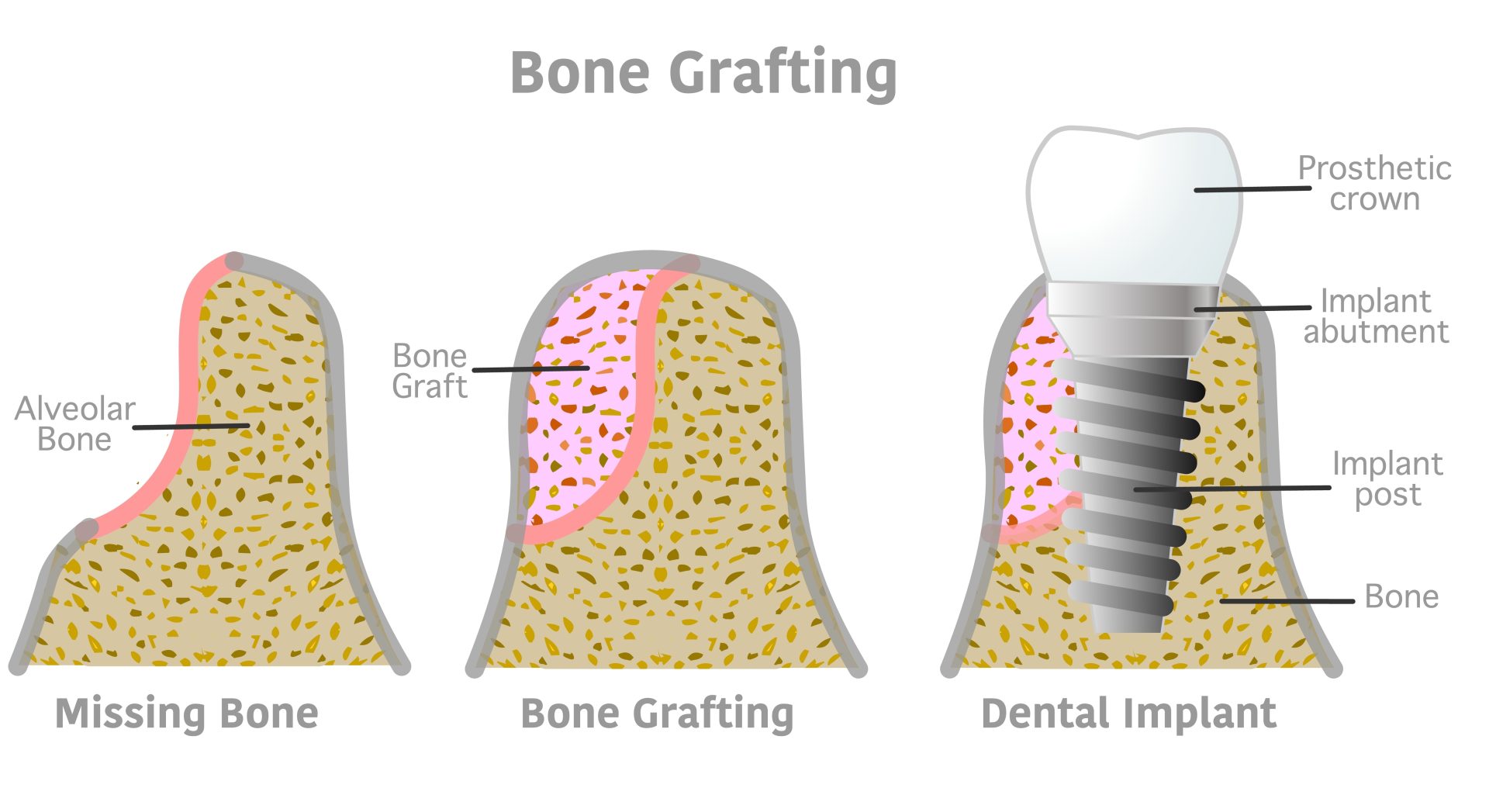Best Implant Dentist Near You
A strong jawbone is the bedrock for stable, long-lasting dental implants. Bone grafting provides the essential structure needed for implants to fuse properly and for your restored smile to look and feel natural. If you’re in Plano, Allen, or Frisco and have experienced tooth loss due to gum disease, injury, or other issues, you might have experienced jawbone loss that could affect implant success.
Dental implants are a game-changer for restoring missing teeth, offering a natural look and feel that can last a lifetime. However, successful implantation often hinges on one critical factor: sufficient jawbone density. If your jawbone lacks the necessary volume or strength, bone grafting may be the answer you need.
See how My Dentist in Plano ensures your comfort and peace of mind throughout. We blend professional clinical knowledge with a patient-first approach to help you achieve a healthy, confident smile. Contact our local dentist in Plano today by calling (972) 378-9747.
Why Do You Need Bone Grafting for Dental Implants in Plano?
Bone grafting rebuilds lost bone volume and density, creating a secure anchor for implants to integrate and withstand chewing forces without failing. When your jawbone isn’t tall or wide enough, implants placed in these areas face more stress and may not fuse properly, impacting both function and appearance. Grafting rebuilds this vital framework, encouraging new bone growth to firmly secure your titanium or zirconia implants.
What Causes Jawbone Loss, and When Is Grafting Necessary?
Jawbone loss happens when tooth roots are no longer present, and your body naturally reabsorbs the bone. Advanced gum disease can speed up this process by damaging the bone that supports your teeth. Injuries or wearing dentures for a long time can also lead to significant bone reduction. If your bone height drops below what’s needed for implants—typically 8 to 10 mm in the back of the lower jaw or 5 to 6 mm in the front of the upper jaw—a grafting procedure is essential to ensure your implants have enough bone for stability and long-term success.
Which Dental Conditions Require Bone Grafting?
Several situations may require bone grafting before placing implants:
- Losing a tooth and waiting more than six months to replace it
- Severe gum disease that has caused widespread bone loss
- Facial injuries or fractures leading to bone defects
- Natural jawbone deficiencies or developmental issues
- Jawbone flattening from long-term denture use



